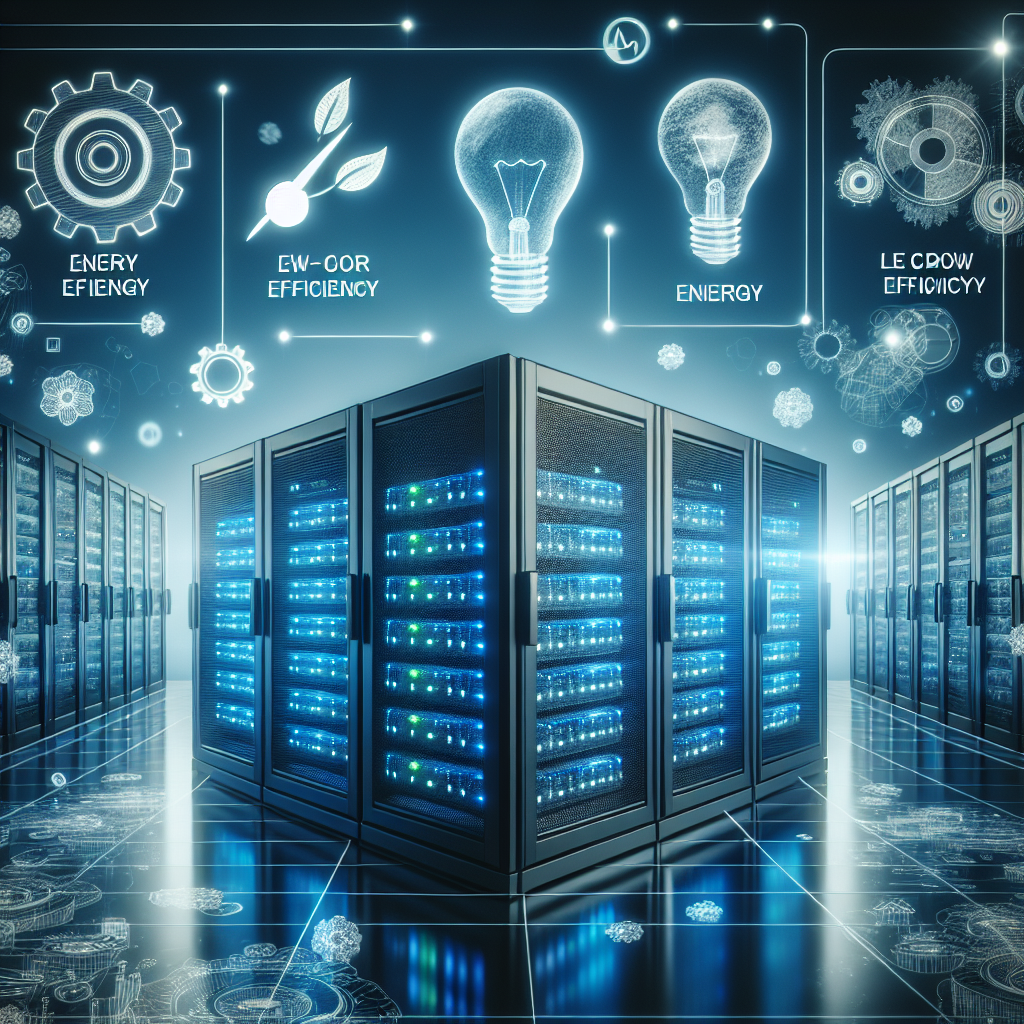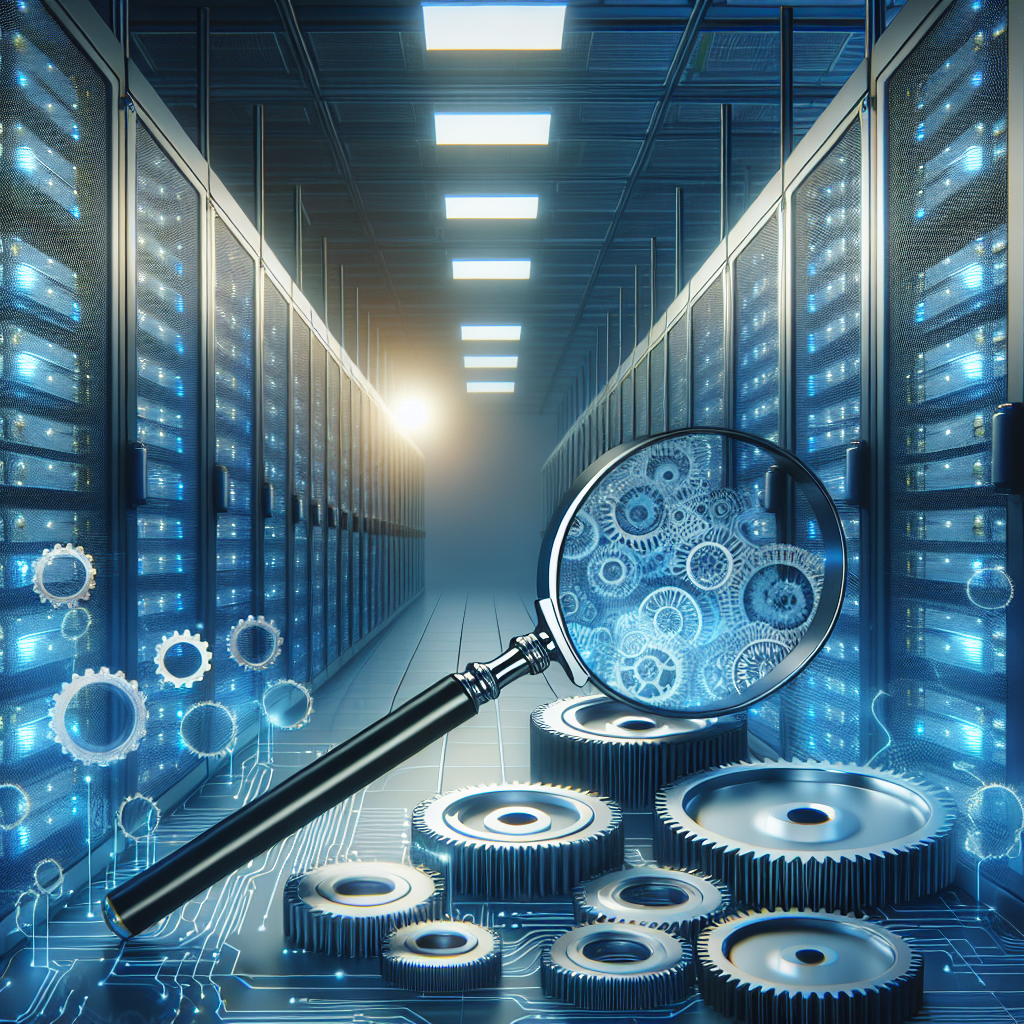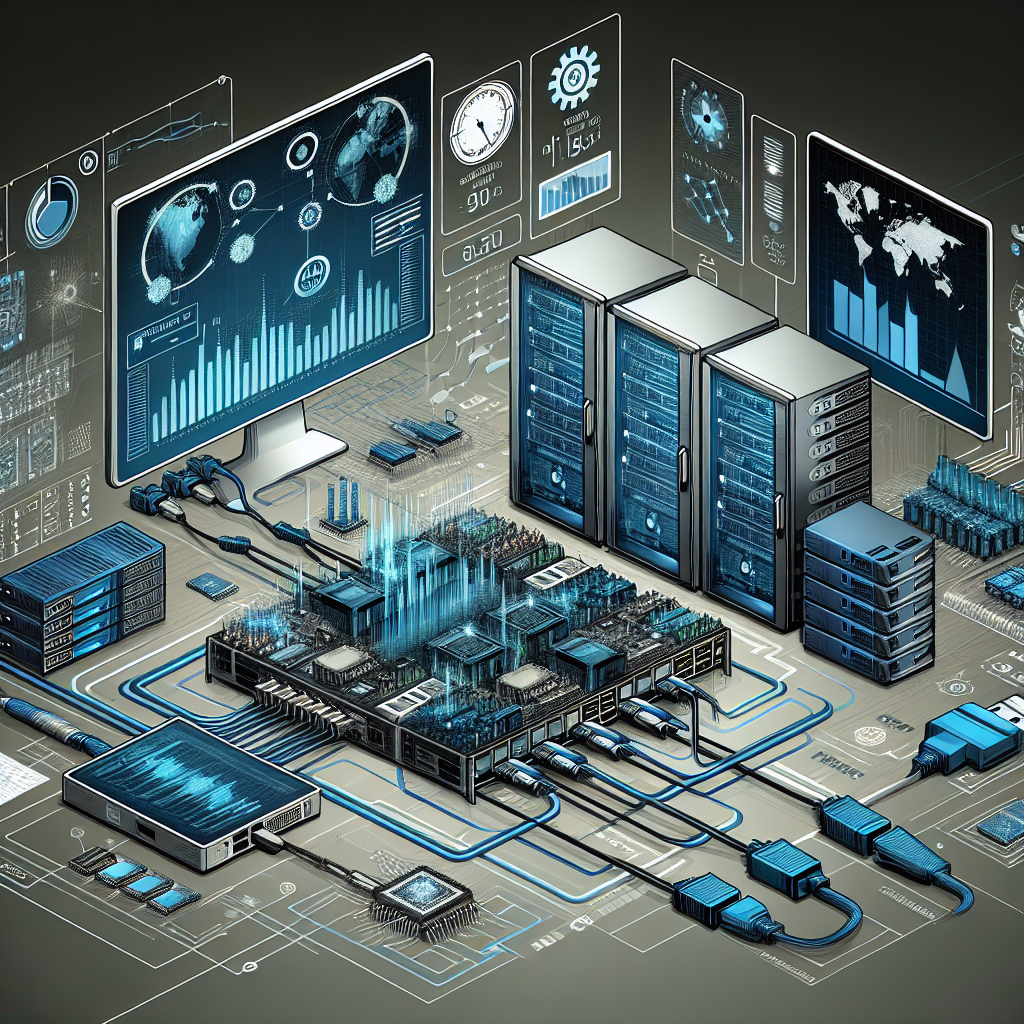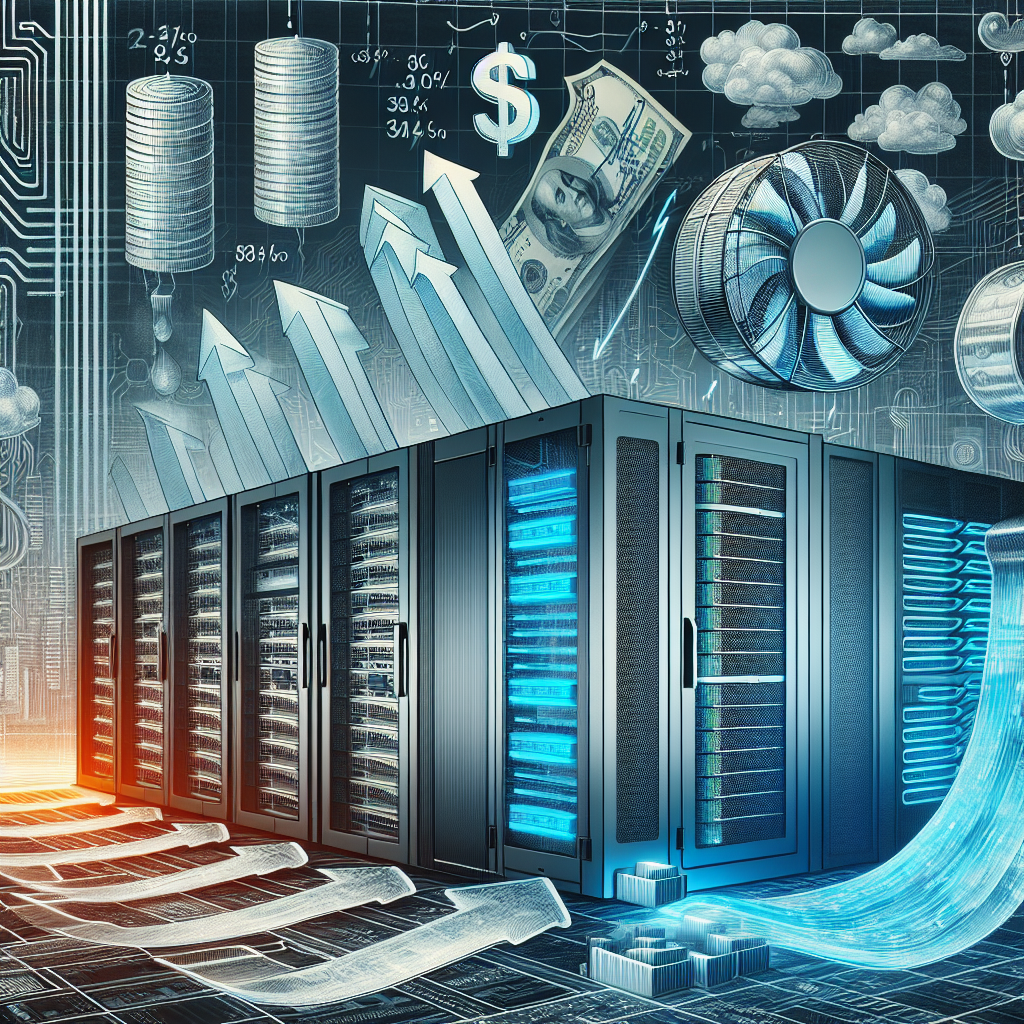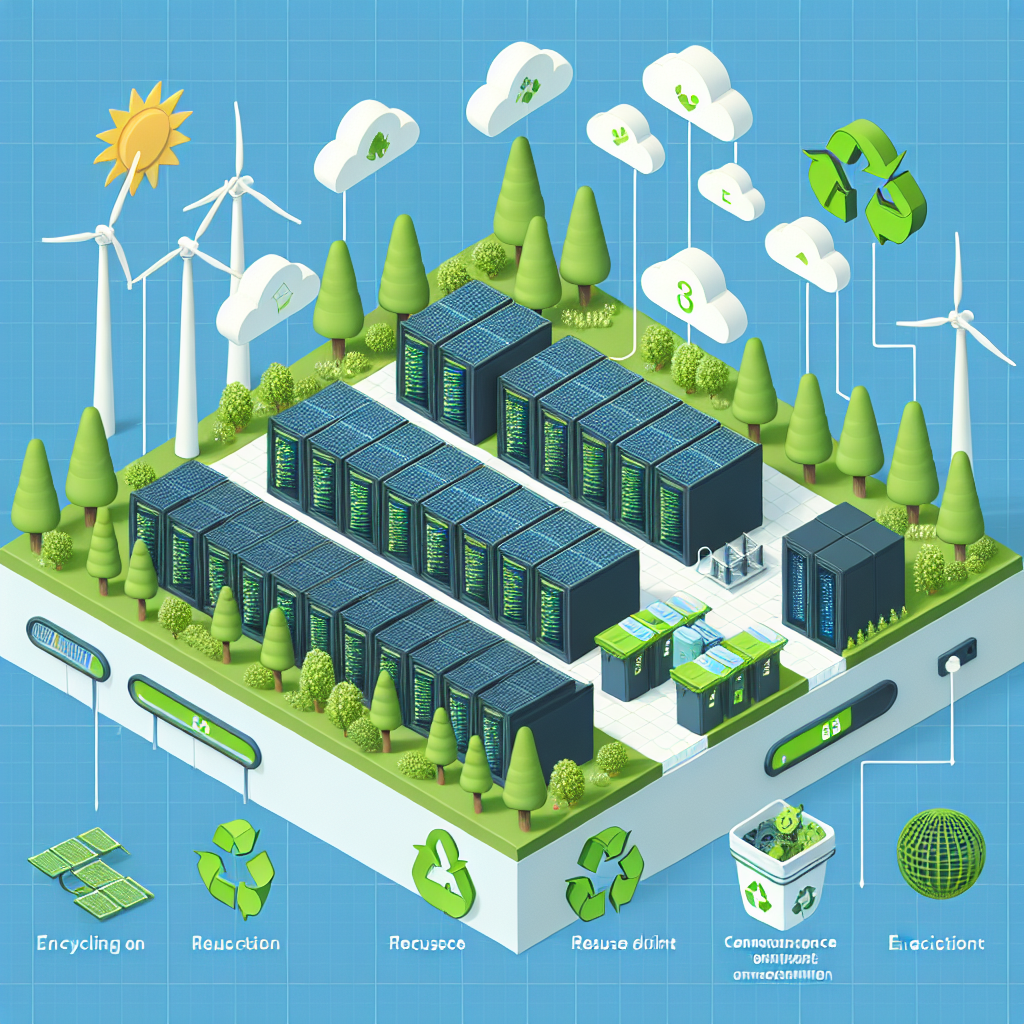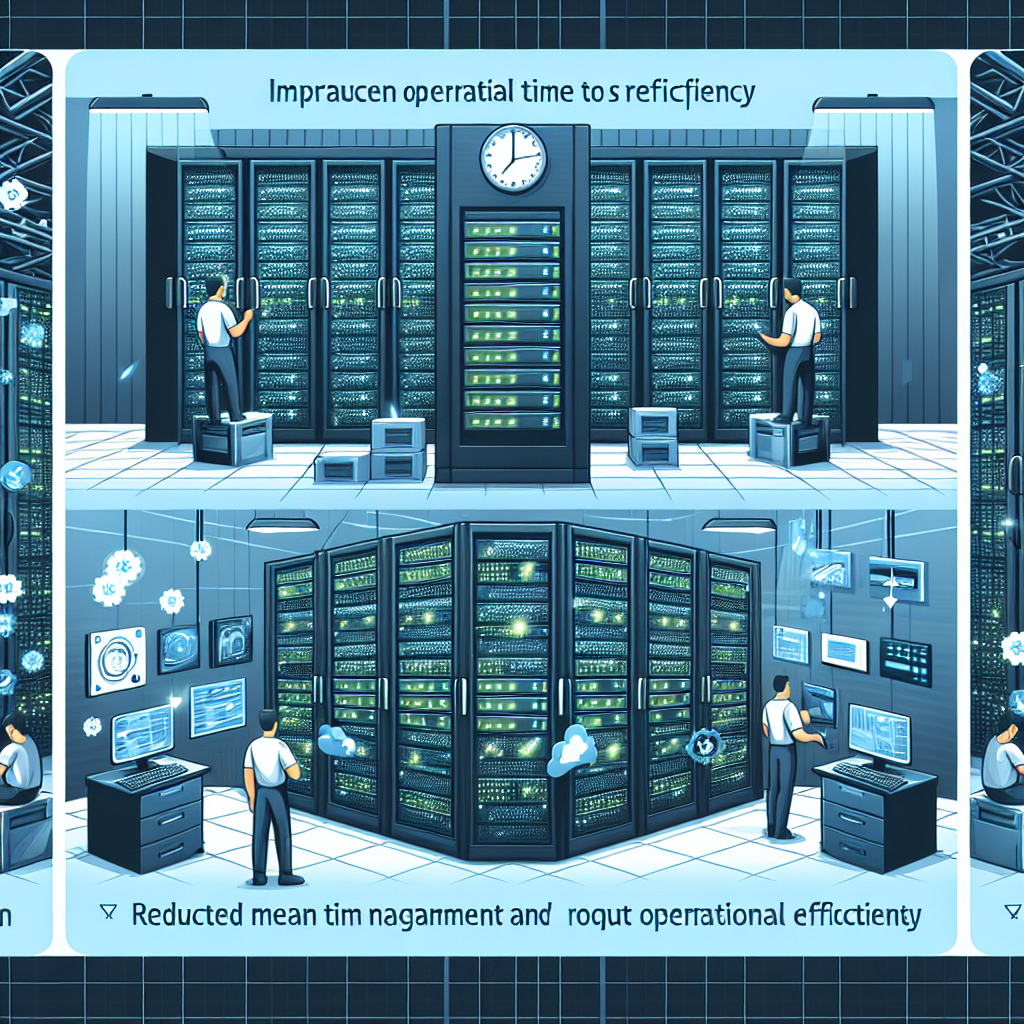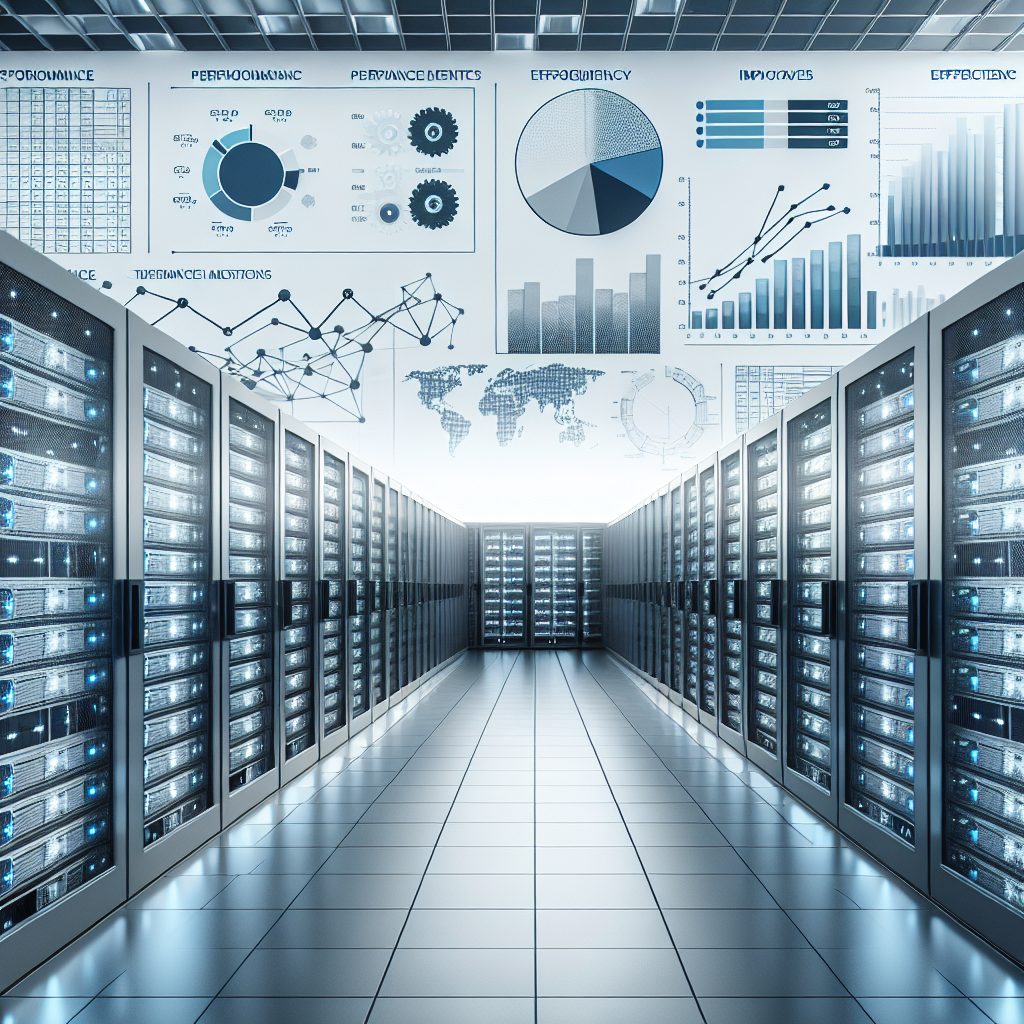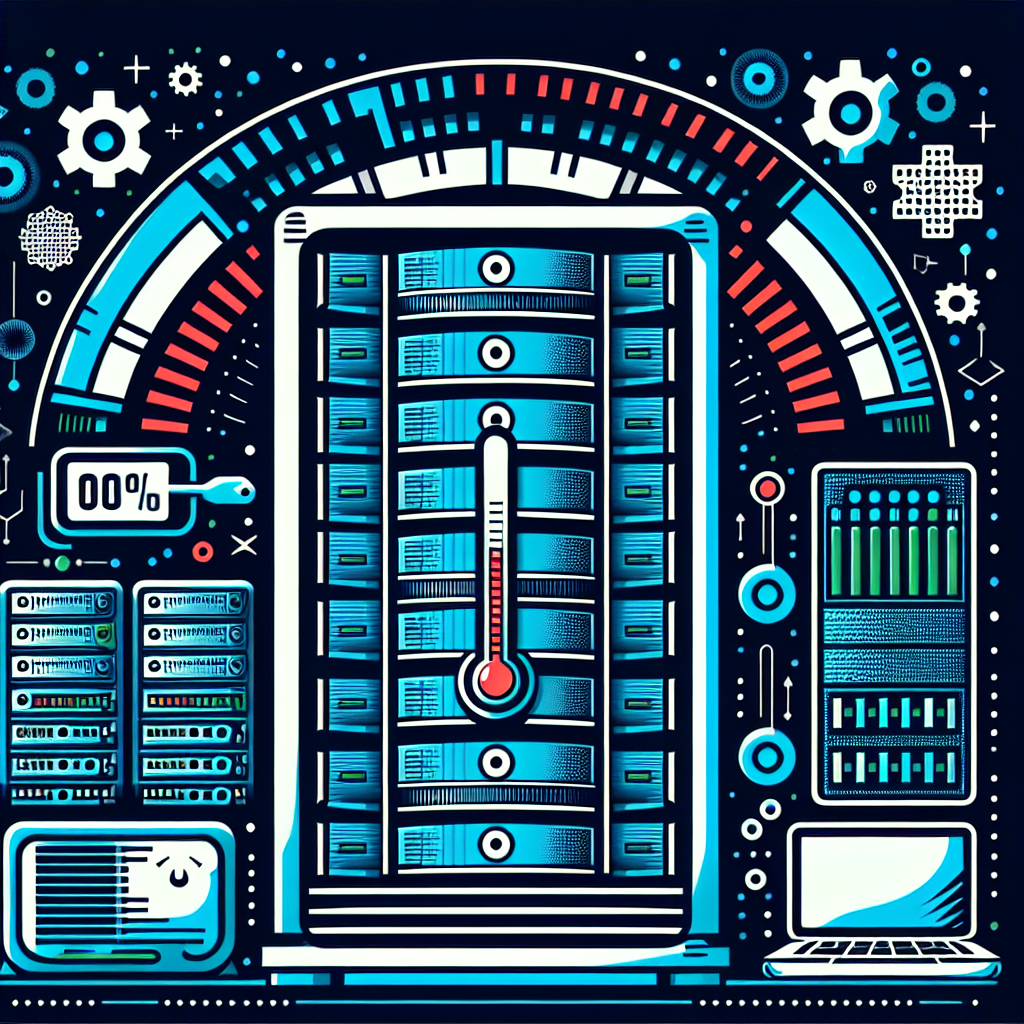As data centers continue to play a crucial role in the modern digital landscape, ensuring efficient energy usage is becoming increasingly important. With the demand for data center services on the rise, optimizing energy usage has become a top priority for data center operators looking to reduce costs, minimize their environmental impact, and improve overall operational efficiency.
There are several strategies that data center operators can implement to optimize energy usage and enhance operational efficiency. One of the most effective ways to achieve this is through the use of energy-efficient cooling systems. Cooling accounts for a significant portion of a data center’s energy consumption, so investing in advanced cooling technologies, such as hot aisle/cold aisle containment systems, can help reduce energy usage and improve overall efficiency.
Another key strategy for optimizing energy usage in data centers is to implement virtualization and consolidation techniques. By consolidating servers and storage devices, data center operators can reduce the overall energy consumption of their infrastructure while still meeting the demands of their customers. Virtualization allows for better resource utilization, leading to lower energy costs and a smaller environmental footprint.
Data center operators can also improve energy efficiency by implementing power management tools and technologies. By monitoring and managing power usage in real-time, operators can identify areas of inefficiency and make adjustments to optimize energy consumption. This can include implementing power capping, dynamic voltage and frequency scaling, and other power-saving techniques to reduce energy waste and improve overall efficiency.
In addition to these strategies, data center operators can also consider renewable energy sources as a way to further optimize energy usage. By investing in solar, wind, or other renewable energy sources, data centers can reduce their reliance on traditional power sources and lower their carbon footprint. This not only helps the environment but can also lead to cost savings in the long run.
Overall, optimizing energy usage in data centers is essential for achieving greater operational efficiency. By implementing energy-efficient cooling systems, virtualization and consolidation techniques, power management tools, and renewable energy sources, data center operators can reduce costs, improve performance, and minimize their environmental impact. By taking a proactive approach to energy optimization, data centers can position themselves for long-term success in an increasingly competitive market.
